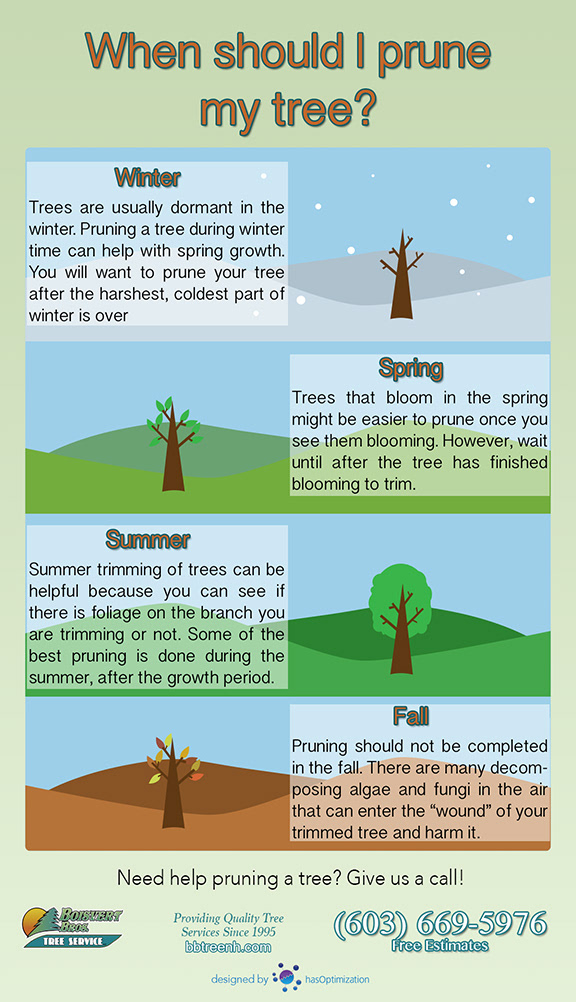Post-Tree Removal Maintenance: Reliable Methods For Landscape Restoration
Post-Tree Removal Maintenance: Reliable Methods For Landscape Restoration
Blog Article
Article By-Powell Cho
After a tree's elimination, your landscape may look quite different, and it's important to analyze the consequences meticulously. You'll intend to evaluate the dirt disruption and check bordering plants for any type of signs of stress. Ignoring these elements can lead to bigger troubles down the line. So, what should you make with those stumps and origins? And how do you choose the best plants for your rejuvenated space? Allow's check out these important steps.
Assessing the Results: Examining Your Landscape
After a tree removal, it's essential to examine your landscape to recognize the influence it has on your backyard.
Beginning by taking a look at the area where the tree stood. Look for indicators of dirt disturbance, and examine the surrounding plants for any kind of stress and anxiety or damages.
You must likewise bear in mind of how the removal has actually transformed sunlight direct exposure and airflow in your yard. This change can influence the growth of nearby plants, so it's important to examine their health and wellness.
Consider the aesthetic aspects also; the removal may develop an open space that you can upgrade.
Lastly, consider any kind of possible erosion issues that could occur from the tree's lack. Addressing these factors early will assist restore equilibrium to your landscape.
Handling Stumps and Origins: Options for Removal
When you've assessed the results of the tree elimination, you'll likely need to deal with the stump and roots left.
Root Pruning Citrus Trees have a few alternatives for elimination. One effective technique is stump grinding, where a specialist makes use of a maker to grind the stump down to underground degree. This strategy leaves minimal disturbance to your landscape.
If you prefer a do it yourself technique, you can make use of a combination of excavating and chemical stump removers. Simply keep in mind, this process can take some time and effort.
Conversely, consider leaving the stump as a natural function, which can work as a special garden component or environment for wildlife.
Whatever you choose, resolving the stump and roots is important for recovering your landscape.
Picking the Right Plants for Your New Area
As you examine your recently removed room, selecting the right plants can considerably boost your landscape's elegance and functionality.
Beginning by taking into consideration the sunshine and soil conditions. For sunny locations, select drought-resistant plants like lavender or succulents. In shaded spots, ferns and hostas grow well.
Think of the dimension and growth behaviors of your plants; mix perennials and annuals for seasonal selection. Don't fail to remember to include native species; they require much less upkeep and support local wild animals.
https://www.star-telegram.com/entertainment/home-garden/neil-sperry/article234700332.html in strange numbers for an extra all-natural look and produce layers for visual depth.
Ultimately, ensure you have a mix of colors and textures to keep your landscape lively throughout the seasons.
Pleased growing!
Conclusion
In conclusion, restoring your landscape after tree removal is a fulfilling procedure. By evaluating the consequences, addressing stumps and origins, and selecting the right plants, you'll develop a flourishing atmosphere. Do not fail to remember to incorporate https://willmotoroilkillatreestum73849.dm-blog.com/35285090/the-complete-process-of-eliminating-tree-stumps-crucial-expertise-you-ought-to-have to safeguard your soil. With a little effort and treatment, you can change your area right into a vibrant yard that enhances your building. Embrace the chance to invigorate your landscape and take pleasure in the charm of nature right in your yard!
